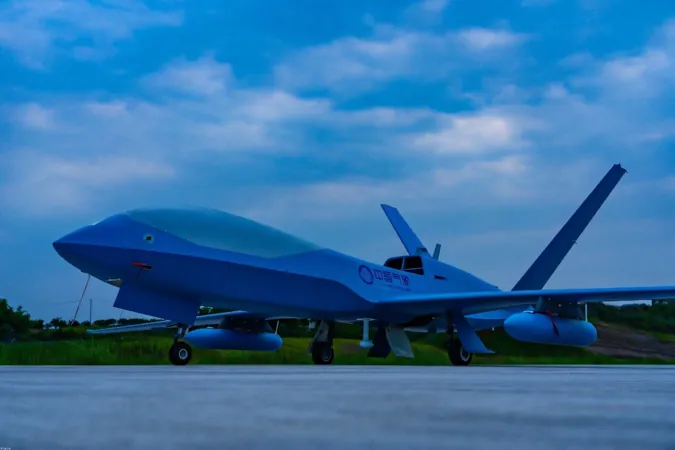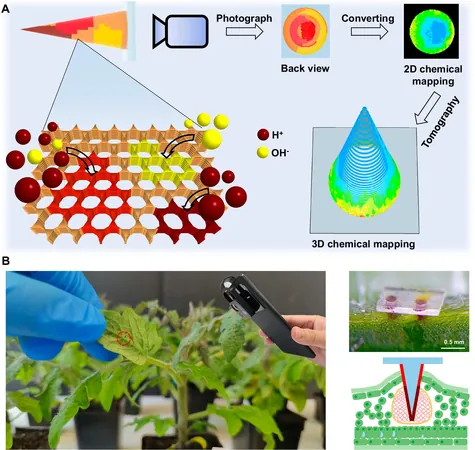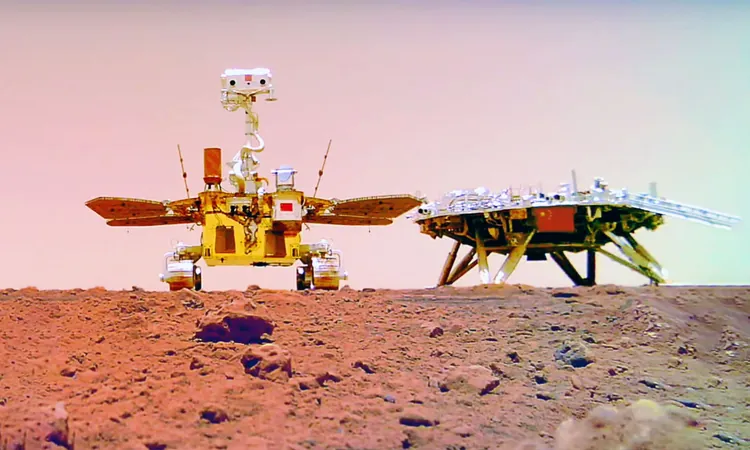
Revolutionary Model Enhances Typhoon Forecasting in South China!
2024-11-25
Author: Daniel
In a groundbreaking development, the Guangzhou Institute of Tropical and Marine Meteorology has unveiled a new model known as CMA-TRAMS, designed to significantly improve operational forecasting of typhoons, particularly in South China, which has faced an increasing number of storms in recent decades.
This innovative approach is the result of years of meticulous research by scientists who have demonstrated that assimilating data from Unmanned Aerial Vehicles (UAVs) and atmospheric sounding technology can dramatically enhance the capabilities of numerical models used for forecasting typhoons. However, there remains a critical challenge: the scarcity of such vital data over ocean regions often hampers efforts to improve real-time forecasting.
To tackle this issue, China's National Meteorological Observation Centre is rolling out a new generation of operational sounding systems named "Beidou." This advanced system outperforms traditional sounding balloons by providing a wealth of high-level observational data, particularly beneficial during landfall. When combined with state-of-the-art HAIYAN-I UAV data, the collection of information over the ocean during typhoon events has seen a significant boost.
The CMA-TRAMS team applied this new data in a forecast experiment targeted at Typhoon Haikui, which struck in 2023. The outcomes of this initiative were remarkable, revealing that the newly assimilated data allowed for an incredible improvement in predicting the typhoon’s landing point—bringing forecasts significantly closer to actual outcomes. The findings of this pivotal research have been detailed in the esteemed publication, Atmospheric and Oceanic Science Letters.
Dr. Sheng Hu, one of the study’s lead authors, hailed the experiment as a pioneering effort, stating, “This marks our first integration of both Beidou sounding data and UAV data into an operational forecasting framework for South China. The results encourage us that we are on the right track.”
Echoing this sentiment, Dr. Xuefen Zhang, another lead author, stressed the importance of integrating new observational data into operational models: “We see this as a crucial next step and intend to keep conducting these assimilation experiments, aiming to enhance forecast accuracy for our frontline meteorological services.”
Looking ahead, the CMA-TRAMS team has ambitious plans to conduct more targeted observations focusing on typhoons in the South China Sea. They are committed to expanding the application of observational data in their assimilation processes to ultimately deliver higher-quality forecasts for the South China region, potentially saving lives and property from the devastating impacts of typhoons.
Stay tuned for more updates as this exciting research unfolds, promising a future where typhoon forecasting is more accurate than ever before!





 Brasil (PT)
Brasil (PT)
 Canada (EN)
Canada (EN)
 Chile (ES)
Chile (ES)
 España (ES)
España (ES)
 France (FR)
France (FR)
 Hong Kong (EN)
Hong Kong (EN)
 Italia (IT)
Italia (IT)
 日本 (JA)
日本 (JA)
 Magyarország (HU)
Magyarország (HU)
 Norge (NO)
Norge (NO)
 Polska (PL)
Polska (PL)
 Schweiz (DE)
Schweiz (DE)
 Singapore (EN)
Singapore (EN)
 Sverige (SV)
Sverige (SV)
 Suomi (FI)
Suomi (FI)
 Türkiye (TR)
Türkiye (TR)